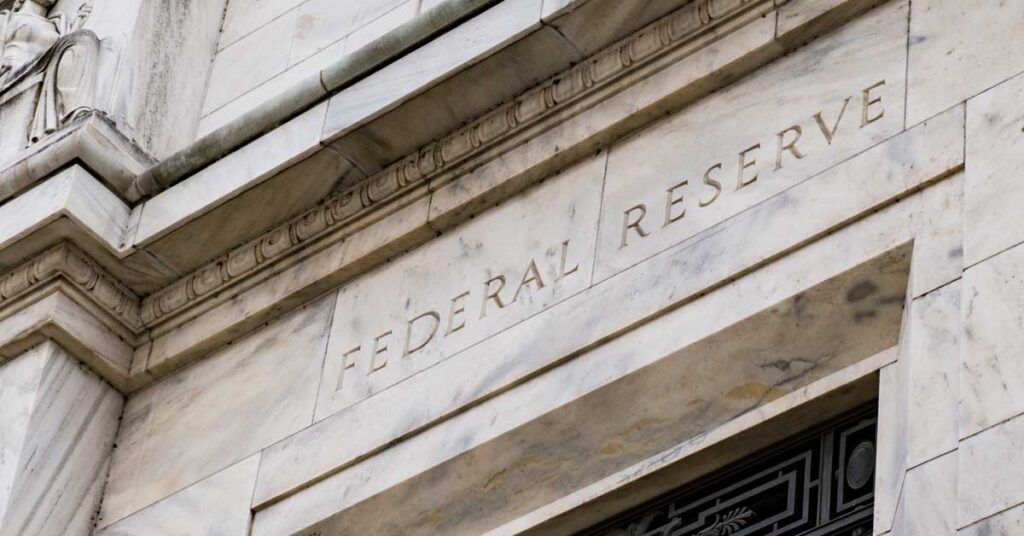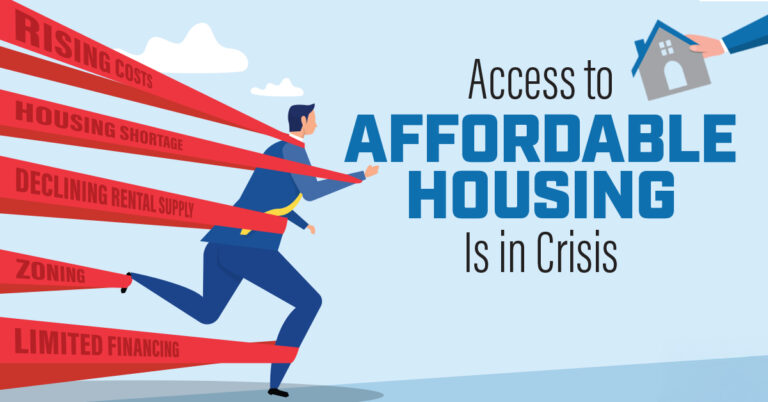The Federal Reserve has raised benchmark interest rates by half of a percentage point, the largest such increase in 22 years.
The central bank announced the hike after Wednesday’s meeting of the Federal Open Market Committee (FOMC), as the Fed continues to reverse course on lax policies adopted during the COVID-19 era to stimulate the economy. The move follows an increase in March of 0.25 percentage points in the benchmark rate, the first upward rate adjustment since 2018, before the pandemic.
Raising the rate was a unanimous decision supported by all 12 FOMC members. At the customary post-meeting press conference, Federal Reserve chairman Jerome Powell said that more half-point rate increases will be considered in the next few meetings as well, and that the FOMC will continue to be assertive in order to combat inflation.
“A 75-basis-point increase is not something the committee is actively considering,” Powell said. “If inflation comes down, we’re not gong to stop. We’re just going to go down to 25-basis-point increases.”
A statement released by the FOMC cited uncertainties stemming from Russia’s ongoing invasion of Ukraine as lingering reasons for the Fed’s proactivity, adding that “COVID-related lockdowns in China are likely exacerbate supply chain disruptions.”
The Fed also gave an update on its plan to start reducing its $8.9 trillion balance sheet. Beginning June 1, it will let up to $30 billion in Treasury securities and $17.5 billion in mortgage-backed securities to roll off for each of the next three months. It will then speed up this pace in September to $60 billion and $35 billion, respectively, with plans to at that level until further notice.
Get these articles in your inbox
Sign up for our daily newsletter
Get these articles in your inbox
Sign up for our daily newsletter
Odeta Kushi, deputy chief economist at First American Financial Corp., said that “the [Fed’s] message is clear — it’s imperative to get inflation under control and the Fed will act aggressively to do so.”
As for the impact on the housing industry, “whether or not the housing market will be ‘quantitatively uneasy’ with allowing $35 billion in mortgage-backed securities to run off the balance sheet each month will depend on mortgage-backed securities demand, which will dictate whether mortgage rates go up much more,” Kushi added.
“With house prices unlikely to fall due to ongoing supply-demand imbalance, and equity already sky high, the risk of foreclosure in mortgage-backed securities pools should remain low.”
Marty Green, principal at mortgage law firm Polunsky Beitel Green, said that the Fed’s previous moves have already been clearly felt by the housing market.
“We are starting to see evidence that the Fed’s efforts are having the desired effect, as the white-hot real estate market is showing some early signs of cooling,” he said. “Sellers are starting to reduce their asking prices some, even in hot markets. While these reductions are not an indication that prices are falling, they do indicate that sellers are facing the reality that the days of the massive run-up in prices from the COVID period may be coming to an end.”





















































